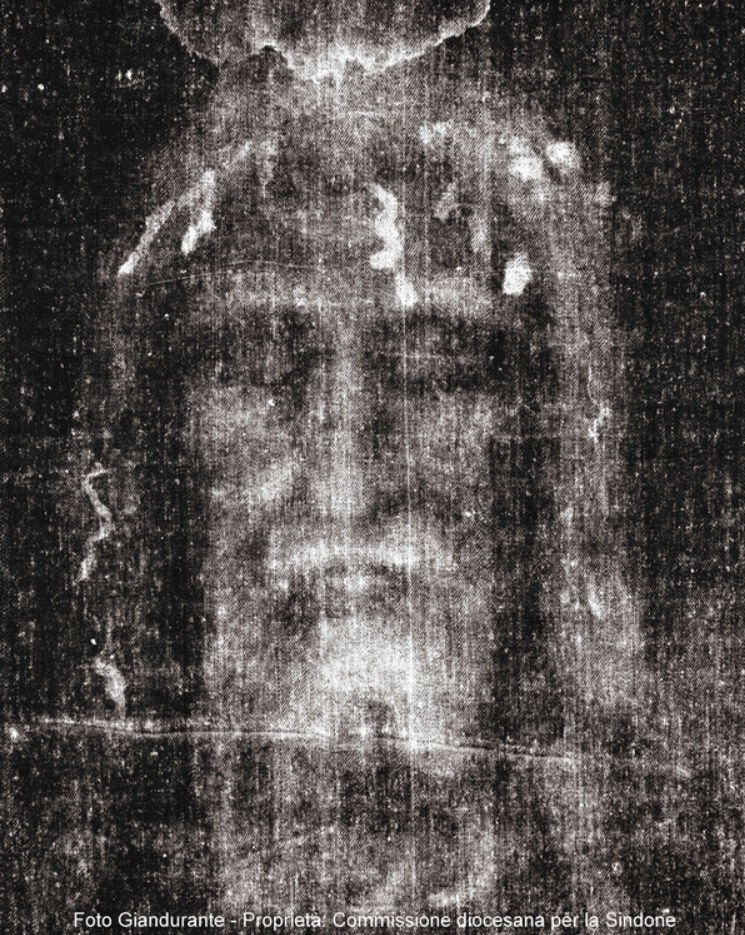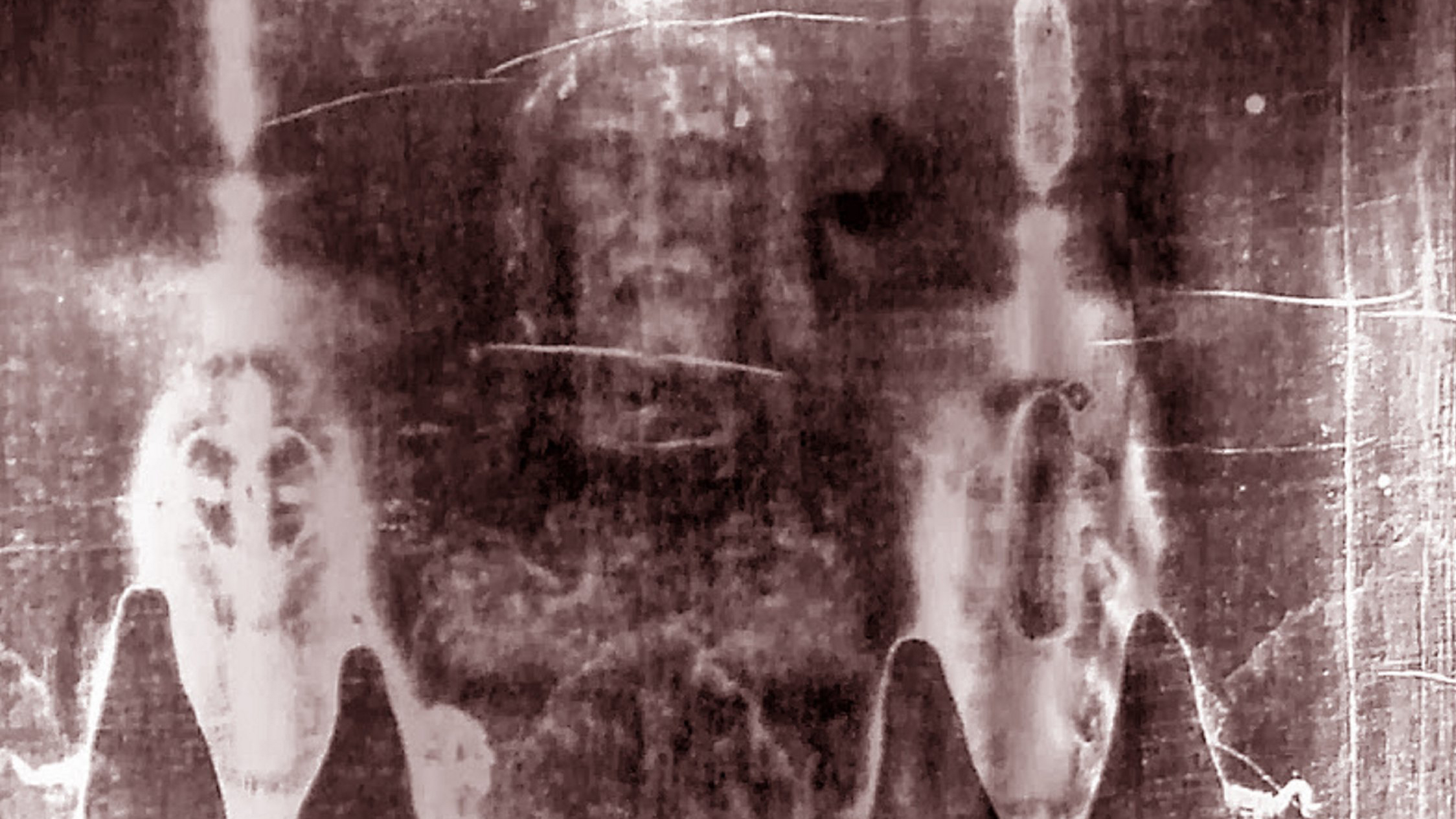

Initial examinations led to the formation of an 11-member Turin Commission composed of scientists and advisors, and in 1977 the Shroud of Turin Research Project (STURP) was born.

Scientific Examinations and Bombshell RevelationsĪ variety of tests have been carried out on the shroud since scientists were first allowed to examine it in 1969, including physical examinations, chemical analyses, and radiocarbon dating. However, this dating is at odds with later historical record, as well as the modern scientific research on the artifact.

If this was indeed the death shroud which encased the body of the historical Jesus of Nazareth, that would date the cloth to 30 AD, the biblical date of the death of Jesus. The image on the poster includes a painted face, not obtained from Pia's photograph. Some Christians believe the image was transferred from Jesus’ body onto the cloth with a release of “divine light” or energy upon his resurrection.Ī poster advertising the 1898 exhibition of the shroud in Turin. Secondo Pia's photograph was taken a few weeks too late to be included in the poster. It had previously been suspected that the stains and images were painted on the linen by an artist at some point in its history, but the discovery of the detailed body image found embedded within the fabric drastically rewrote theories, and convinced many that the images were made through contact with an actual human corpse. The photos were not remarkable in and of themselves, until viewed in the reverse negative, whereupon a detailed image of a wounded, bearded man became clearly visible. It was these photographs which elevated the cloth from relic to sensation.

But science and history suggest there’s more to the story. These images strongly indicate to proponents the evidence of crucifixion and the Biblical description of the death of Jesus. Countless horrible wounds to the body are revealed through the images on the fabric, from slashes to gouges, piercings, and welts. The image of a prone man with hands folded can be made out on the cloth, with both the front and back views of the head meeting neatly at the middle of the sheet, suggesting it was folded over the front and back of a naked body in death. The Shroud of Turin, a pale sheet of woven fabric approximately 14-feet (4.5 meters) –long, might be considered unremarkable save for the distinctive reddish-brown markings on its front and back. But skeptics say it is a forgery, or at best only a religious article of historical significance. The Shroud of Turin is believed by many to be the bloodstained burial cloth Jesus of Nazareth was wrapped in after his crucifixion.


 0 kommentar(er)
0 kommentar(er)
